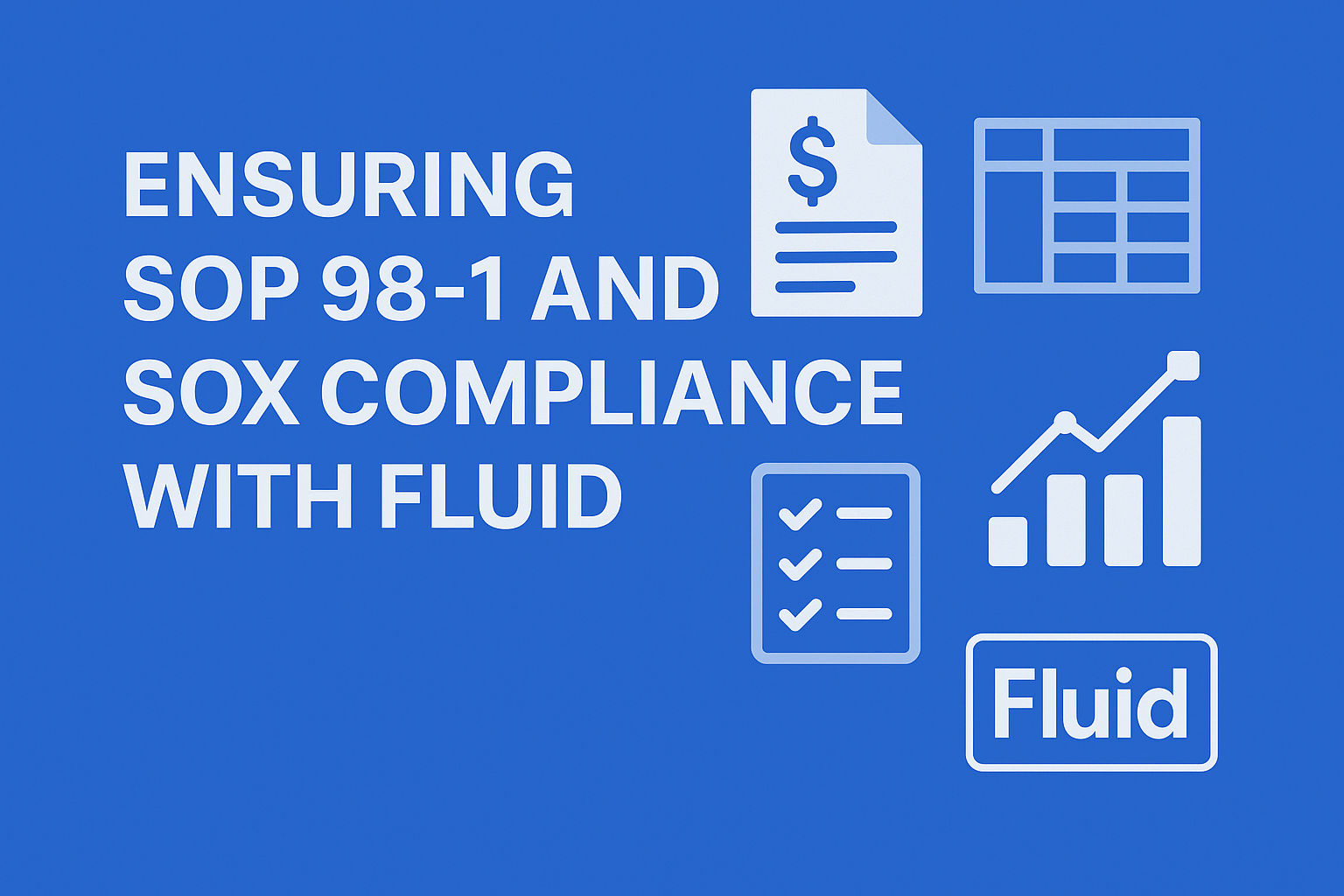Risk Management: Overcoming Misconceptions, Tackling Challenges, and Realizing the Benefit

In the world of project management, effective risk management can be the difference between success and failure. Let’s dive into some common misconceptions, the challenges faced, and the significant benefits of robust risk management practices.
The Misconceptions
- Risk Management is Overly Complex: Many believe that risk management requires complex tools and processes, but with the right solutions, it can be straightforward and highly effective.
- It’s Only About Avoiding Negatives: Risk management is not just about mitigating threats but also about identifying opportunities.
The Challenges
- Risk Acknowledgement and Dependencies: One of the biggest challenges is ensuring that risks are acknowledged by their owners. Effective risk management tools ensure that owners are clearly identified and held accountable. Additionally, understanding dependencies between projects is crucial for managing risks that could have cascading effects.
- Accountability: Without clear accountability, risks can go unmanaged. Tools that facilitate risk acknowledgement and provide transparent tracking improve accountability and ensure active management of portfolio risks.
Leveraging Technology for Greater Transparency and Active Mitigation
- Enhanced Transparency: Advanced risk management tools provide real-time visibility into risks, allowing stakeholders to monitor and manage risks transparently.
- Active Mitigation: Leveraging technology enables proactive risk mitigation through automated alerts, real-time data analysis, and collaborative platforms, ensuring risks are addressed before they escalate.
The Huge Upside
- Risk Promotion and Escalation: Efficient risk management involves promoting key risks to the appropriate stakeholders. This means escalating significant risks and issues to ensure they are addressed at the right level, facilitating portfolio-level reporting and management.
- Active Management Across the Portfolio: By slicing and dicing data, organizations can actively manage risks across their portfolio before they escalate into issues. This proactive approach ensures the correct people are able to see risks and mitigate before they become issues.
- Configurable Data Attributes: Using custom properties, organizations can ensure that all key metadata is recorded in a structured form. This avoids the pitfalls of unstructured descriptions and mitigations, leading to more effective risk management.
Conclusion
The benefits of effective risk management are clear. By ensuring risk acknowledgement and accountability, promoting key risks for stakeholder attention, and leveraging configurable data attributes, organizations can transform their risk management practices. This not only mitigates threats but also uncovers opportunities, driving project success and overall organizational resilience.
Explore how Fluid's Risk Management solution can help your organization master these challenges and reap the benefits.
By addressing misconceptions, overcoming challenges, and highlighting the benefits, organizations can significantly improve their risk management practices, ensuring project success and strategic advantage.
See how Fluid enables your business to deliver the right strategic change














